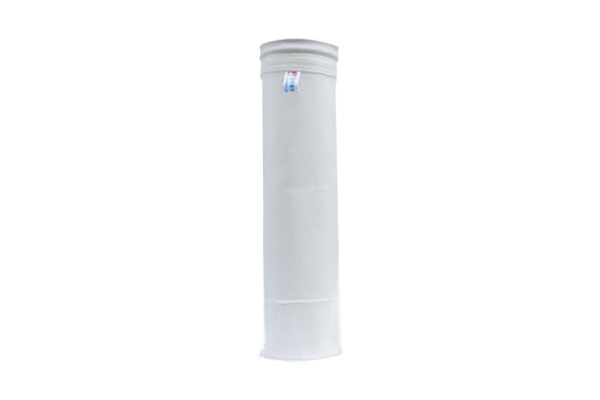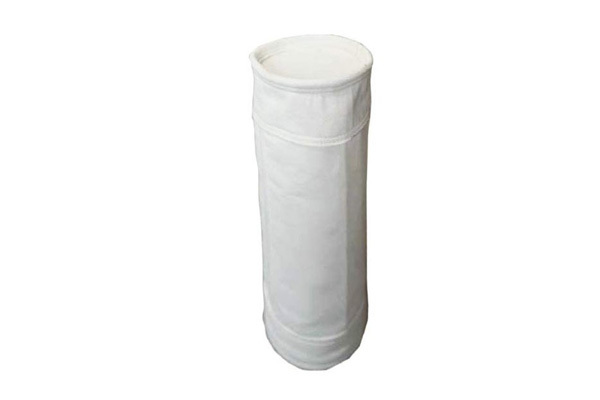The Ultimate Guide to Maintaining Your Dust Collector Filter Bags: Prolonging Efficiency and Performance
Release time:
2025-04-28
The Ultimate Guide to Maintaining Your Dust Collector Filter Bags Table of Contents 1. Introduction to Dust Collector Filter Bags 2. Importance of Proper Maintenance 3. Types of Dust Collector Filter Bags 4. Essential Maintenance Tips 4.1 Regular Visual Inspection 4.2 Cleaning and Dust Removal 4.3 Repairing Filter Bags 5. When to Repla
The Ultimate Guide to Maintaining Your Dust Collector Filter Bags
Table of Contents
- 1. Introduction to Dust Collector Filter Bags
- 2. Importance of Proper Maintenance
- 3. Types of Dust Collector Filter Bags
- 4. Essential Maintenance Tips
- 5. When to Replace Filter Bags
- 6. Monitoring Filter Performance
- 7. Common Maintenance Issues and Solutions
- 8. Frequently Asked Questions (FAQs)
- 9. Conclusion
1. Introduction to Dust Collector Filter Bags
Dust collector filter bags play a crucial role in maintaining air quality and operational efficiency in various industrial settings. These bags capture harmful dust particles, ensuring a safe working environment while enhancing the performance of the dust collection system. Regular maintenance of these filter bags is essential to ensure their longevity and effectiveness in trapping dust and particulates.
2. Importance of Proper Maintenance
Maintaining dust collector filter bags is vital for several reasons:
- **Enhanced Air Quality**: Properly maintained filter bags ensure that harmful dust and particulates do not escape into the environment, protecting worker health.
- **Improved System Efficiency**: Clean and functional filter bags reduce energy consumption and improve airflow in the dust collection system.
- **Cost Savings**: Regular maintenance can extend the lifespan of filter bags, reducing the frequency of replacements and associated costs.
- **Compliance with Regulations**: Many industries are subject to regulations regarding air quality and emissions. Properly maintained filter bags help ensure compliance with these standards.
3. Types of Dust Collector Filter Bags
There are various types of dust collector filter bags, each designed for specific applications and dust types. Understanding these types can guide your maintenance efforts:
- **Polyester Filter Bags**: Commonly used in general applications, they offer good filtration efficiency and durability.
- **Cotton Filter Bags**: Ideal for less abrasive dust, these bags are favored in woodworking environments.
- **Teflon Coated Bags**: Designed for high-temperature applications, these bags resist sticky dust and improve cleaning efficiency.
- **Nomex Filter Bags**: Suitable for high-heat environments, Nomex bags are used in industries like metalworking and glass manufacturing.
4. Essential Maintenance Tips
To prolong the life and efficiency of your dust collector filter bags, consider these essential maintenance tips:
4.1 Regular Visual Inspection
Conducting regular visual inspections of your filter bags is the first step in maintenance. Look for signs of wear and tear, including:
- Holes or tears in the fabric
- Accumulation of dust or debris
- Discoloration or fading of the material
These indicators can help you assess the condition of your filter bags and determine if further action is necessary.
4.2 Cleaning and Dust Removal
Regular cleaning of filter bags is essential to maintain airflow and efficiency. Depending on the bag's type and the application, cleaning methods may vary. Use these techniques:
- **Reverse Air Cleaning**: This method involves reversing the air flow to dislodge dust particles from the filter surface.
- **Mechanical Shaking**: This technique utilizes mechanical means to shake off accumulated dust.
- **Water and Detergent**: For washable bags, a gentle wash with water and mild detergent can be effective. Ensure the bag is thoroughly dried before reinstallation.
Frequency of cleaning depends on various factors, including dust load and operating conditions. Regular monitoring will help you determine the optimal cleaning schedule.
4.3 Repairing Filter Bags
If you notice minor damage, such as small tears or frayed edges, prompt repair can save you from costly replacements. Use appropriate repair materials, such as adhesive patches or fabric swatches. Ensure repairs are airtight to maintain filtration efficiency.
5. When to Replace Filter Bags
Even with proper maintenance, filter bags eventually require replacement. Signs that indicate it's time to replace filter bags include:
- **Significant Wear and Tear**: If the bags show extensive damage or wear, they need replacement.
- **Decreased Performance**: If you notice an increase in pressure drop or reduced airflow, it may be a sign that the bags are clogged or no longer efficient.
- **Frequent Cleaning**: If you find yourself cleaning the bags more often than usual, consider replacing them.
Replacing filter bags at the right time will ensure your dust collector continues to operate efficiently.
6. Monitoring Filter Performance
Implementing a monitoring system can help assess the performance of your dust collector filter bags.
- **Pressure Gauges**: Regularly check pressure gauges to monitor the system's performance.
- **Airflow Measurements**: Measure airflow rates to ensure the system operates within recommended parameters.
- **Dust Load Analysis**: Analyzing the type and quantity of dust can provide insights into the efficiency of your filtration system.
By monitoring these parameters, you can proactively manage the condition of your filter bags and identify issues before they escalate.
7. Common Maintenance Issues and Solutions
When it comes to maintaining dust collector filter bags, several common issues may arise:
- **Clogging**: Regular cleaning and monitoring can help prevent clogging.
- **Fabric Failure**: Using the right filter bag for your specific application will minimize fabric failure.
- **Air Leaks**: Ensure all connections and seals are tight to prevent air leaks that can compromise filtration efficiency.
Proactive maintenance and timely intervention can mitigate these common issues, ensuring optimal performance.
8. Frequently Asked Questions (FAQs)
1. How often should dust collector filter bags be cleaned?
The cleaning frequency depends on the type of dust and the operating conditions. Regular monitoring of airflow and pressure drop can help determine the optimal cleaning schedule.
2. Can I wash my filter bags?
Many filter bags are washable, but it's essential to follow the manufacturer's guidelines. Use gentle detergents and ensure the bags are completely dry before reinstallation.
3. How do I know when to replace my filter bags?
Signs of wear, reduced airflow, and frequent clogging are indicators that it may be time to replace your filter bags.
4. What types of dust collector filter bags are best for my application?
The best type of filter bag depends on the dust particles being collected. Polyester bags are suitable for general use, while Teflon-coated bags are ideal for high-temperature applications.
5. What should I do if I find a tear in my filter bag?
If you notice a small tear, you can repair it using adhesive patches or fabric swatches. For significant damage, replacing the bag is recommended.
9. Conclusion
Maintaining your dust collector filter bags is essential for ensuring the efficiency and effectiveness of your dust collection system. By implementing regular inspections, cleaning, and timely replacements, you can significantly extend the life of your filter bags while enhancing air quality in your industrial environment. With the insights provided in this guide, you can confidently manage your dust collector filter bags, leading to improved performance and compliance with industry standards.
latest News









